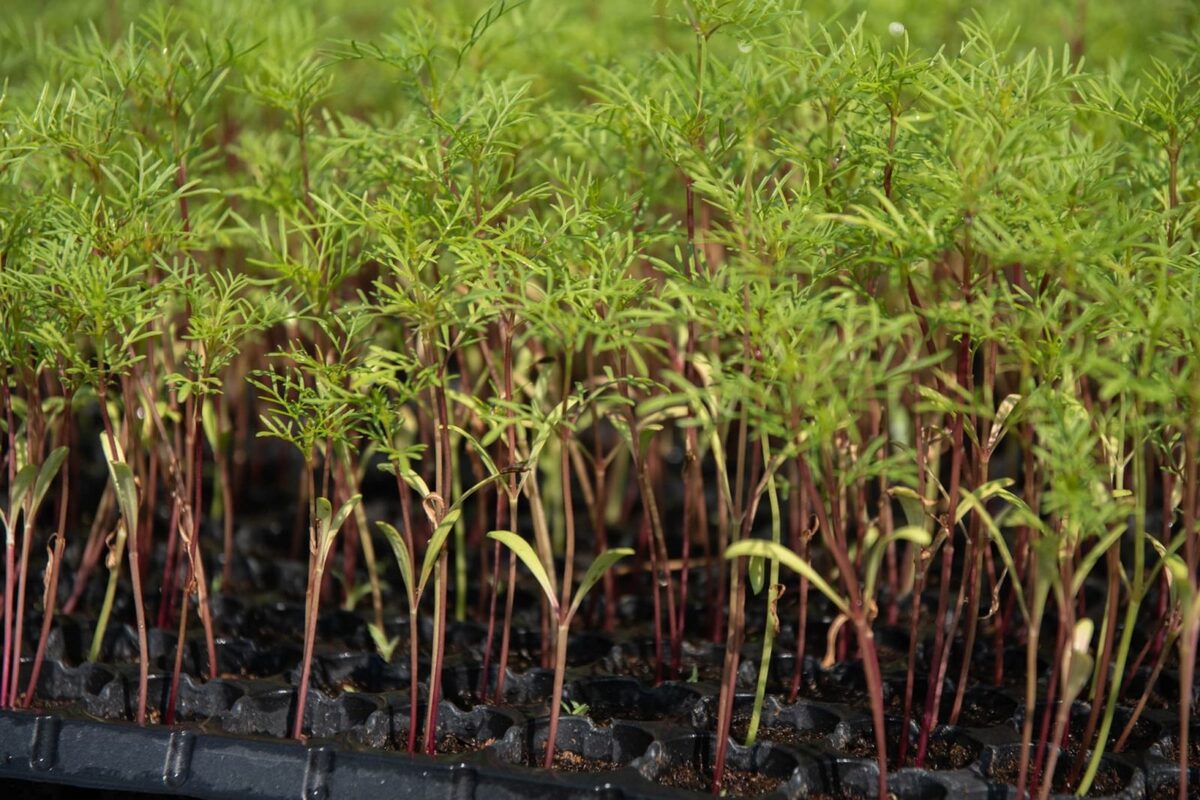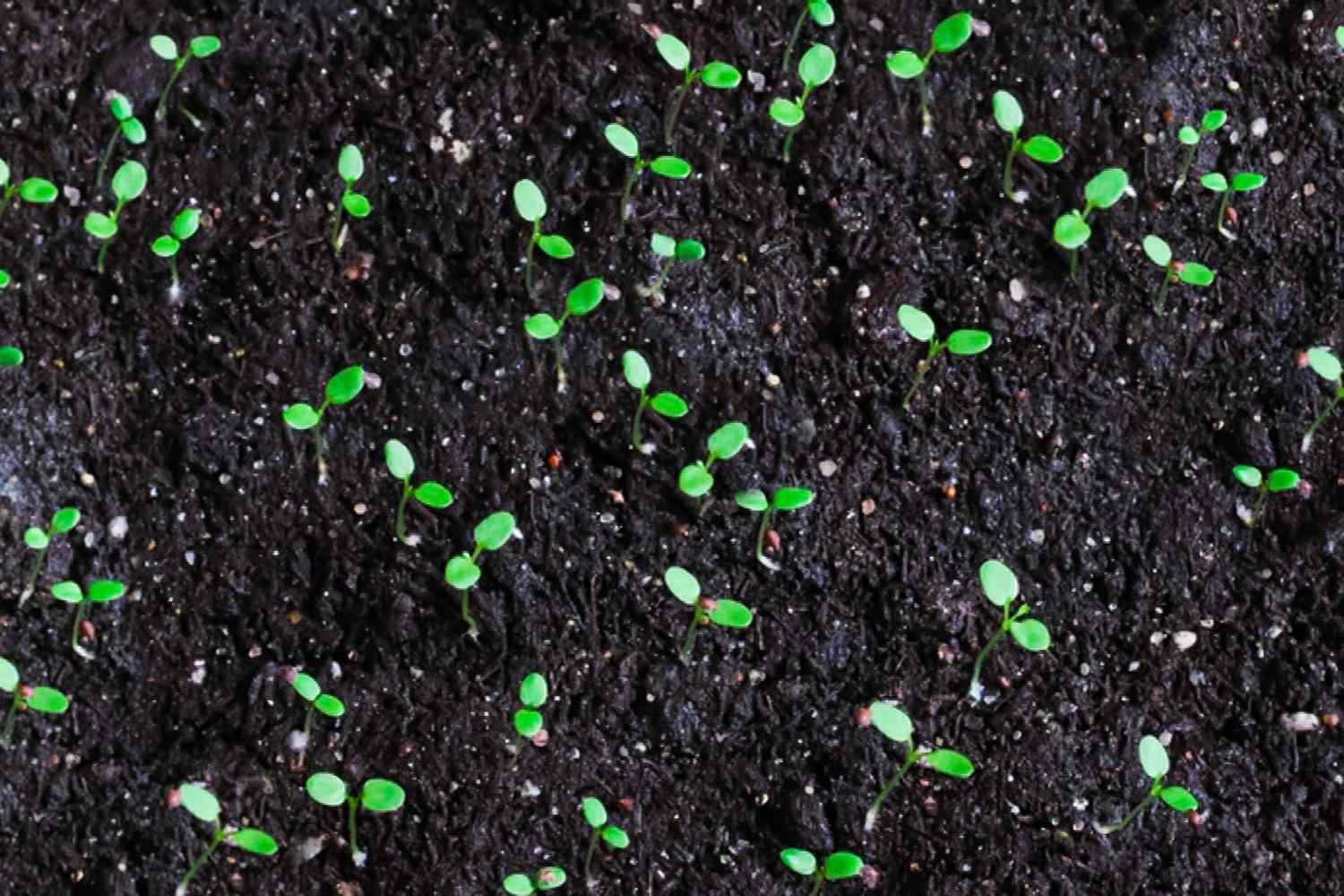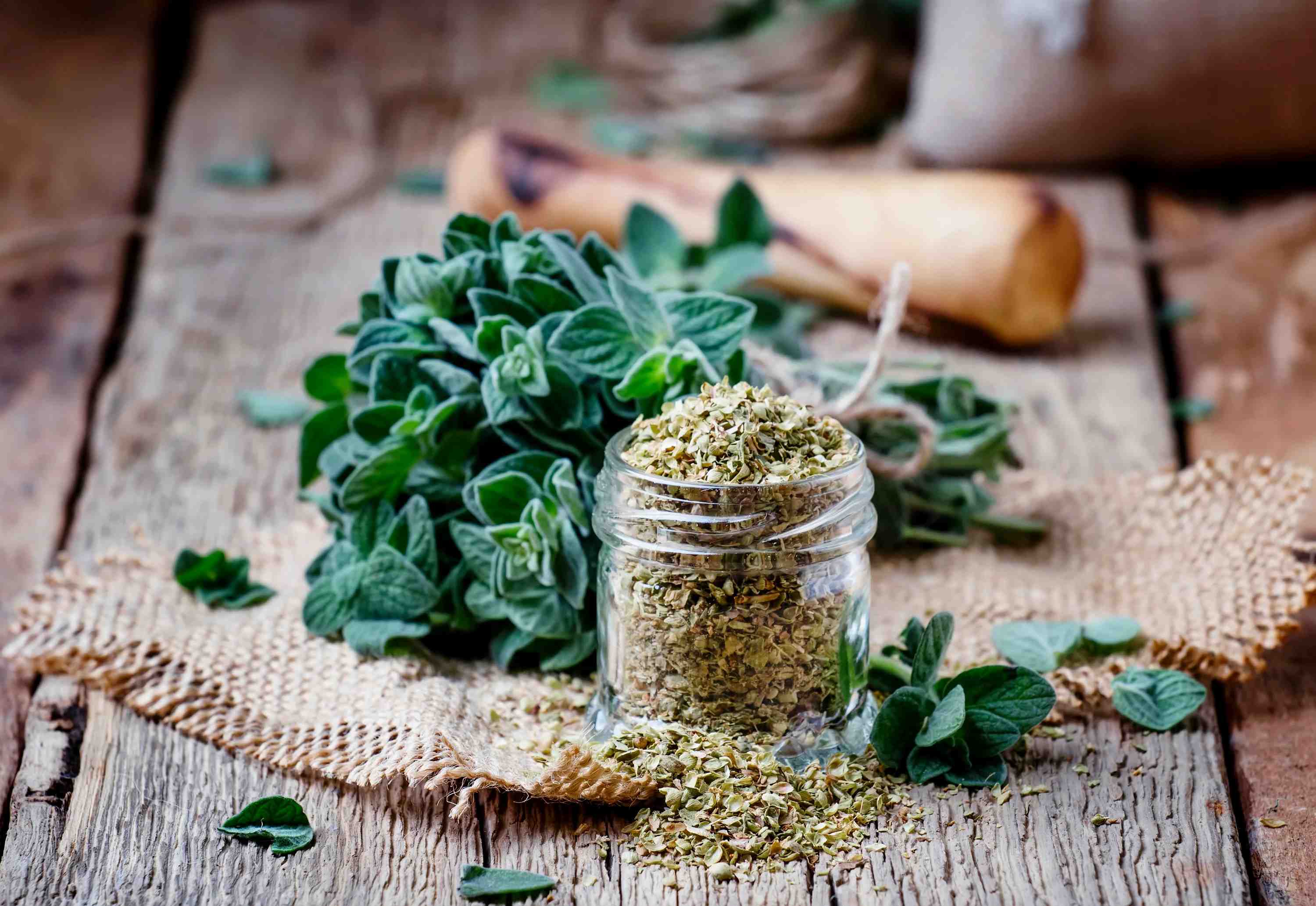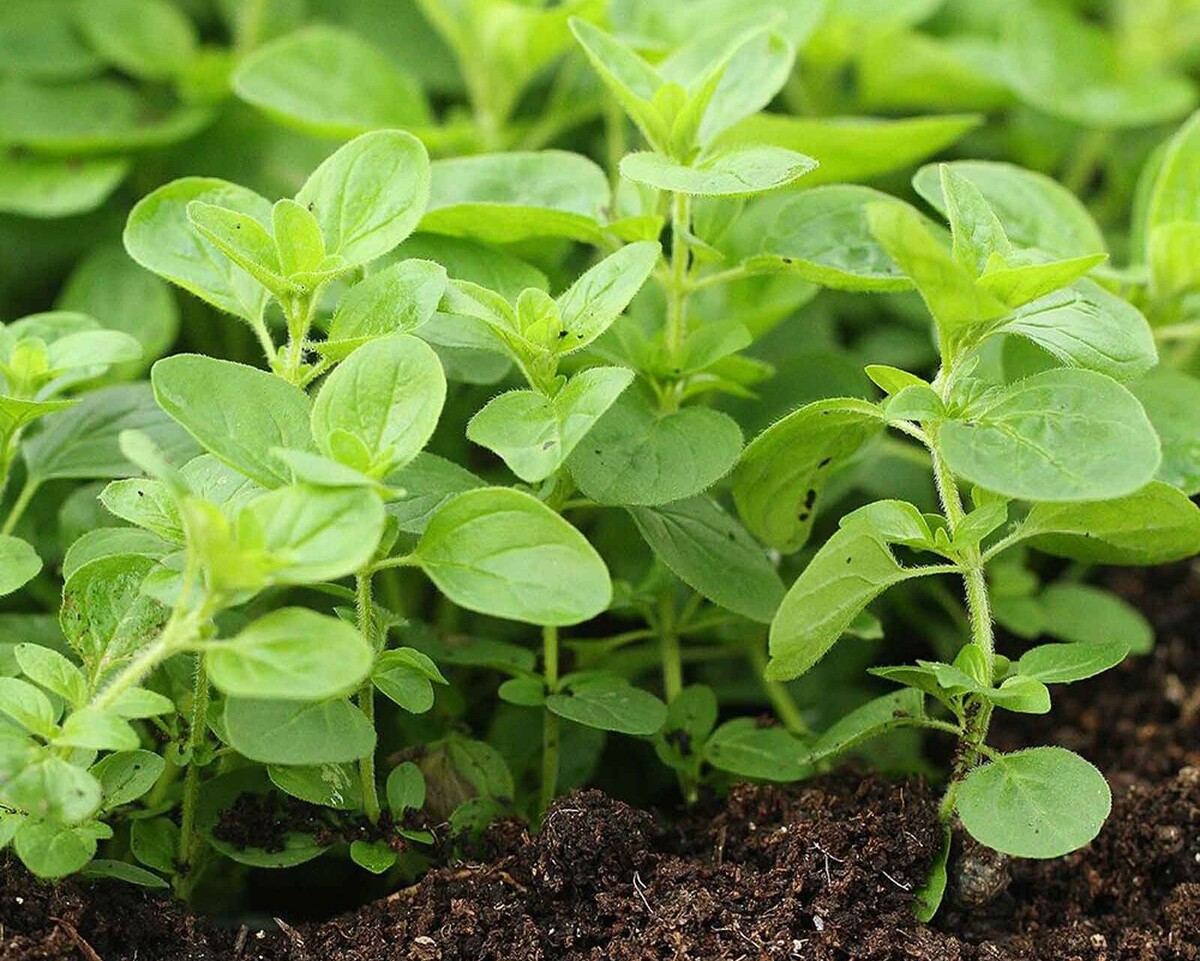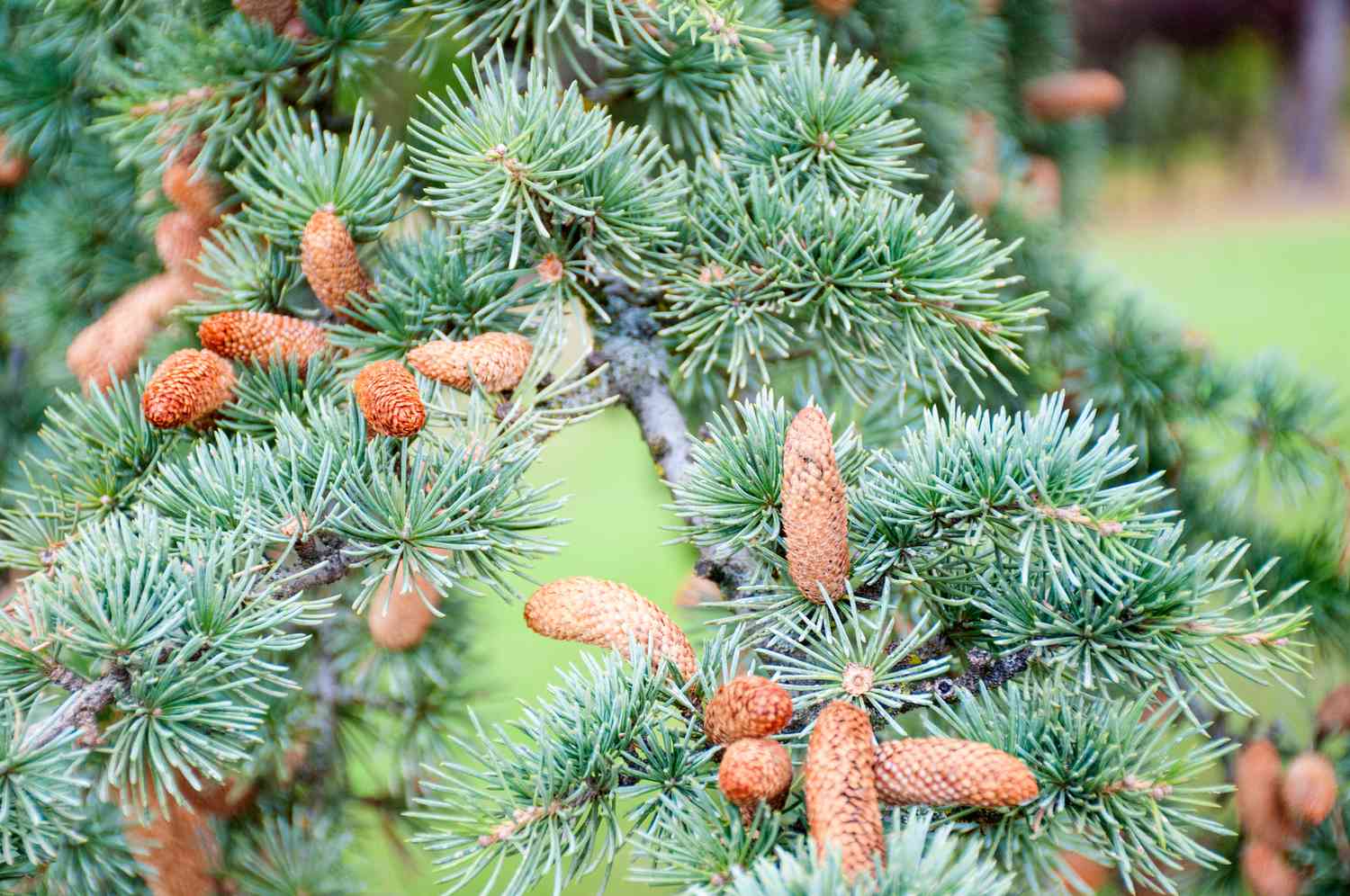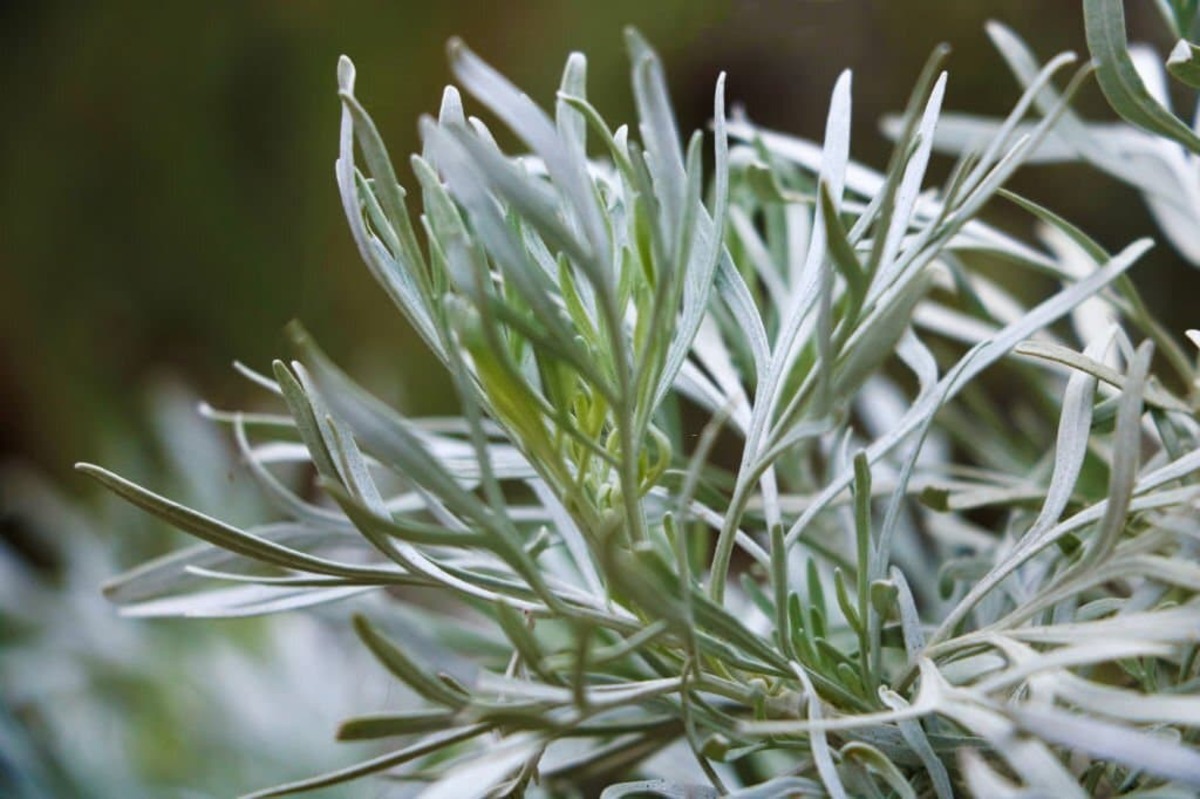Home>Types of Gardening>Ornamental Gardening>What Does Blooming Yeast Look Like


Ornamental Gardening
What Does Blooming Yeast Look Like
Published: January 10, 2024
Discover what blooming yeast looks like in your ornamental garden and learn how to manage it effectively. Get expert tips and advice on preventing yeast overgrowth.
(Many of the links in this article redirect to a specific reviewed product. Your purchase of these products through affiliate links helps to generate commission for Chicagolandgardening.com, at no extra cost. Learn more)
Table of Contents
Introduction
What Does Blooming Yeast Look Like
Welcome to the fascinating world of yeast blooming! If you're an avid baker or simply someone intrigued by the science of fermentation, understanding the process of yeast blooming is essential. Yeast, a remarkable microorganism, plays a pivotal role in the creation of numerous delectable treats, including bread, beer, and wine. Witnessing yeast in its blooming state is akin to observing nature's magic, as it transforms humble ingredients into culinary delights. In this article, we will delve into the intricate details of yeast blooming, deciphering its appearance, and unraveling the factors that influence this captivating process.
As we embark on this journey, envision the tiny yeast cells awakening from their dormant state, eagerly consuming sugars, and releasing carbon dioxide and alcohol. The visual transformation that occurs during yeast blooming is a testament to the biological marvels that shape our culinary experiences. Whether you're a novice or a seasoned baker, grasping the visual cues of blooming yeast is an invaluable skill that can elevate your baking endeavors to new heights.
Join us as we unravel the enigmatic appearance of blooming yeast and gain insights into the telltale signs that signify this remarkable transformation. Let's embark on this flavorful expedition and unlock the secrets of yeast blooming together!
Understanding Yeast Blooming
Yeast blooming, also known as proofing or activating, is a pivotal stage in the baking and brewing processes. This transformative phase occurs when dormant yeast cells are introduced to a warm, sugary environment, prompting them to awaken and commence their metabolic activities. The visual manifestation of yeast blooming is a testament to the vitality and vigor of these remarkable microorganisms.
During blooming, yeast cells rapidly multiply, emitting carbon dioxide and alcohol as natural byproducts. This effervescent activity results in the expansion of dough, creating the airy, light texture characteristic of well-leavened bread. In the realm of brewing, yeast blooming initiates the fermentation process, where sugars are converted into alcohol and carbonation, giving rise to the beloved effervescence found in beer and champagne.
Understanding the intricacies of yeast blooming empowers bakers and brewers to harness the full potential of these miraculous organisms. By recognizing the visual cues and behavioral patterns exhibited during blooming, individuals can optimize their recipes and achieve consistent, delectable results. Yeast blooming is not merely a biochemical process; it is a symphony of microscopic transformations that culminate in the creation of beloved culinary masterpieces.
As we unravel the nuances of yeast blooming, we gain a profound appreciation for the role of these humble microorganisms in shaping our culinary experiences. The visual and olfactory cues that accompany yeast blooming serve as a sensory symphony, enriching our understanding of the intricate interplay between science and art in the realm of baking and brewing.
Signs of Blooming Yeast
Recognizing the signs of blooming yeast is an art form that distinguishes seasoned bakers and brewers from novices. As yeast undergoes the transformative process of blooming, several visual and olfactory indicators emerge, offering valuable insights into the progression of this remarkable phenomenon.
One of the most prominent signs of yeast blooming is the formation of a frothy layer on the surface of the liquid in which the yeast is activated. This froth, often resembling the head of a freshly poured beer, signifies the vigorous release of carbon dioxide by the yeast cells. The presence of this frothy layer is a definitive indication that the yeast is actively multiplying and producing the desired gases essential for leavening dough or initiating fermentation.
Furthermore, the aroma emitted during yeast blooming is a sensory cue that adept bakers and brewers keenly discern. The sweet, slightly tangy scent exuded by blooming yeast is a testament to the metabolic activity underway, as the yeast cells fervently consume sugars and release flavorful byproducts. This characteristic aroma serves as a tantalizing preview of the delectable outcomes that await, whether in the form of freshly baked bread or impeccably brewed beer.
Visually, the expansion of the liquid volume housing the yeast is a compelling indicator of blooming. As carbon dioxide is generated and trapped within the liquid, a noticeable increase in volume occurs, accompanied by a palpable effervescence. This visual transformation mirrors the lively nature of yeast blooming, offering a tangible demonstration of the microscopic marvels unfolding within the confines of the container.
By keenly observing these signs of blooming yeast, individuals can ascertain the optimal stage at which to incorporate the activated yeast into their recipes, ensuring that the leavening or fermentation process unfolds with optimal efficiency. The ability to discern these visual and olfactory cues is a hallmark of expertise in the realm of baking and brewing, elevating the craft to an art form that celebrates the wondrous transformations facilitated by yeast blooming.
Factors Affecting Yeast Blooming
The process of yeast blooming is influenced by a myriad of factors, each playing a crucial role in shaping the outcome of this transformative stage. Understanding these influential elements empowers bakers and brewers to optimize their recipes and achieve consistent, exemplary results in their culinary endeavors.
Temperature stands as a paramount factor in yeast blooming, as it dictates the rate and vigor of the yeast’s metabolic activities. The ideal temperature range for yeast activation typically falls between 100°F to 110°F (37°C to 43°C), providing the optimal conditions for yeast cells to awaken from dormancy and commence their proliferative and gas-releasing processes. Deviations from this temperature range can significantly impact the efficiency of yeast blooming, potentially yielding lackluster results in the final baked or brewed products.
The quality and freshness of the yeast itself are equally instrumental in determining the success of blooming. Fresh, high-quality yeast, whether in the form of active dry yeast, instant yeast, or fresh yeast, possesses a robust viability and enzymatic activity essential for vigorous blooming. Conversely, expired or compromised yeast may exhibit diminished blooming potential, leading to subpar leavening or fermentation outcomes.
The composition of the blooming medium, typically comprising water and a source of fermentable sugars, also exerts a significant influence on yeast activation. The presence of an adequate supply of sugars, such as maltose and glucose, serves as the fuel for yeast metabolism, driving the production of carbon dioxide and alcohol. Additionally, the purity and quality of the water utilized in the blooming process can impact the overall health and vitality of the yeast cells, thereby influencing the extent of blooming and its subsequent effects on the final culinary creation.
Lastly, the presence of inhibitory substances, such as excessive salt or certain chemical contaminants, can impede yeast blooming, hindering the yeast cells’ ability to thrive and proliferate. Careful attention to the composition of the blooming medium, as well as the surrounding environmental factors, is essential in mitigating potential inhibitory influences and fostering an environment conducive to robust yeast blooming.
By comprehensively understanding and adeptly navigating these factors affecting yeast blooming, individuals can harness the full potential of this transformative stage, unlocking the wondrous capabilities of yeast in the realms of baking and brewing.
Conclusion
Embarking on the journey to understand yeast blooming unveils a tapestry of sensory experiences, scientific marvels, and culinary possibilities. From the frothy exuberance of actively multiplying yeast cells to the tantalizing aromas that permeate the air, yeast blooming transcends mere biochemical processes, evolving into a symphony of transformation that enriches our culinary pursuits.
As we unravel the visual and olfactory cues that herald the onset of yeast blooming, we gain a profound appreciation for the delicate interplay of factors that influence this transformative stage. Temperature, yeast quality, blooming medium composition, and the absence of inhibitory substances collectively shape the trajectory of yeast blooming, underscoring the intricate nuances that define the art and science of baking and brewing.
Armed with this comprehensive understanding, bakers and brewers are empowered to optimize their recipes, achieve consistent results, and embark on creative culinary odysseys with confidence. The ability to discern the signs of blooming yeast, coupled with a nuanced comprehension of the factors at play, elevates the craft of baking and brewing to an art form that celebrates the symbiotic relationship between nature’s microorganisms and the culinary delights they inspire.
May this exploration of yeast blooming kindle a newfound reverence for the microscopic marvels that shape our gastronomic experiences. Whether it’s the ethereal lightness of freshly baked bread or the effervescent allure of a meticulously brewed beer, the legacy of yeast blooming endures as a testament to the transformative power of nature’s smallest wonders.
